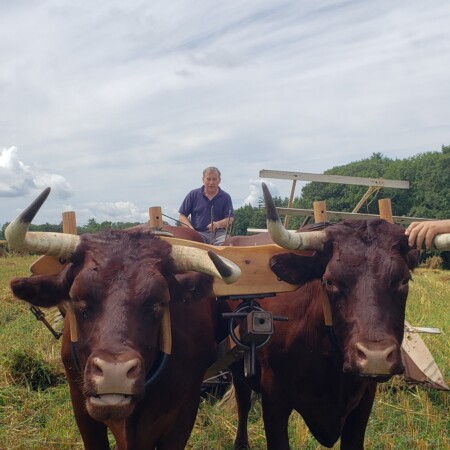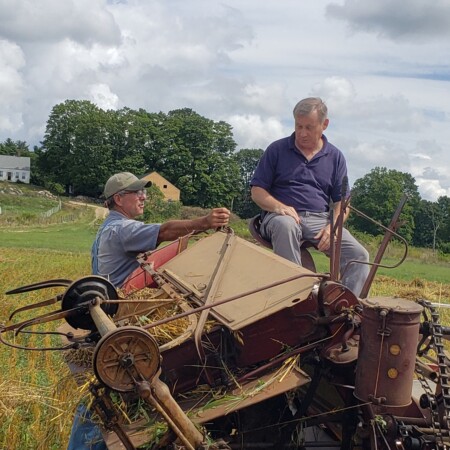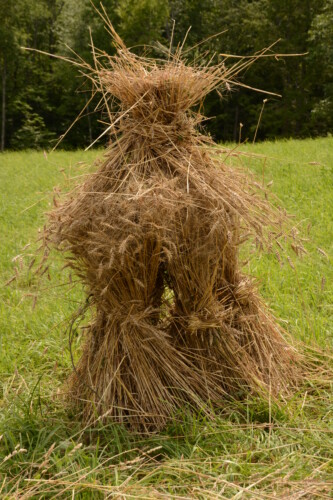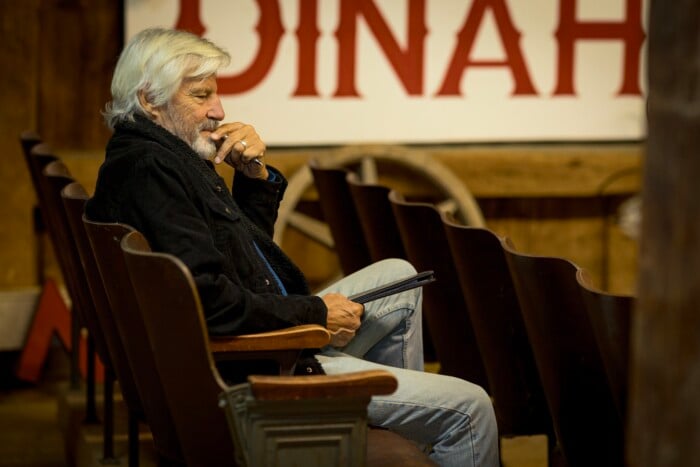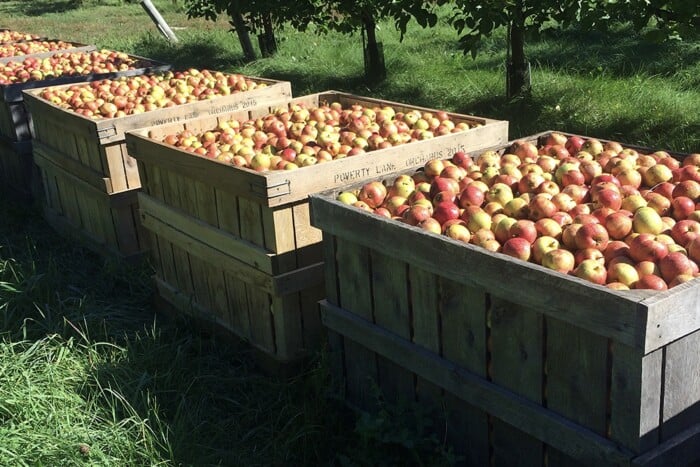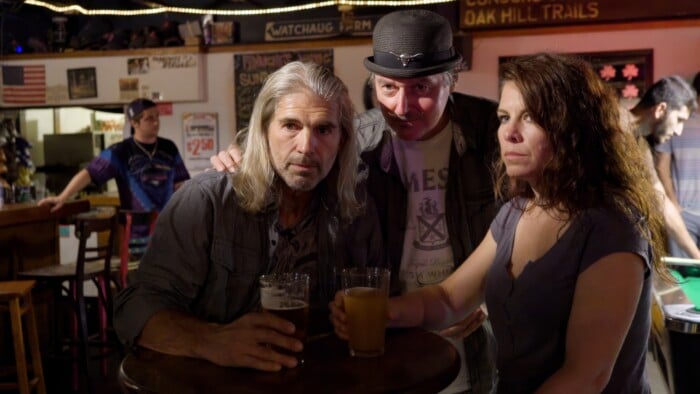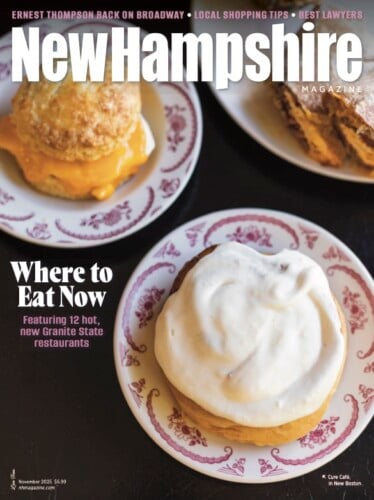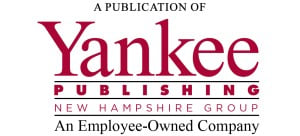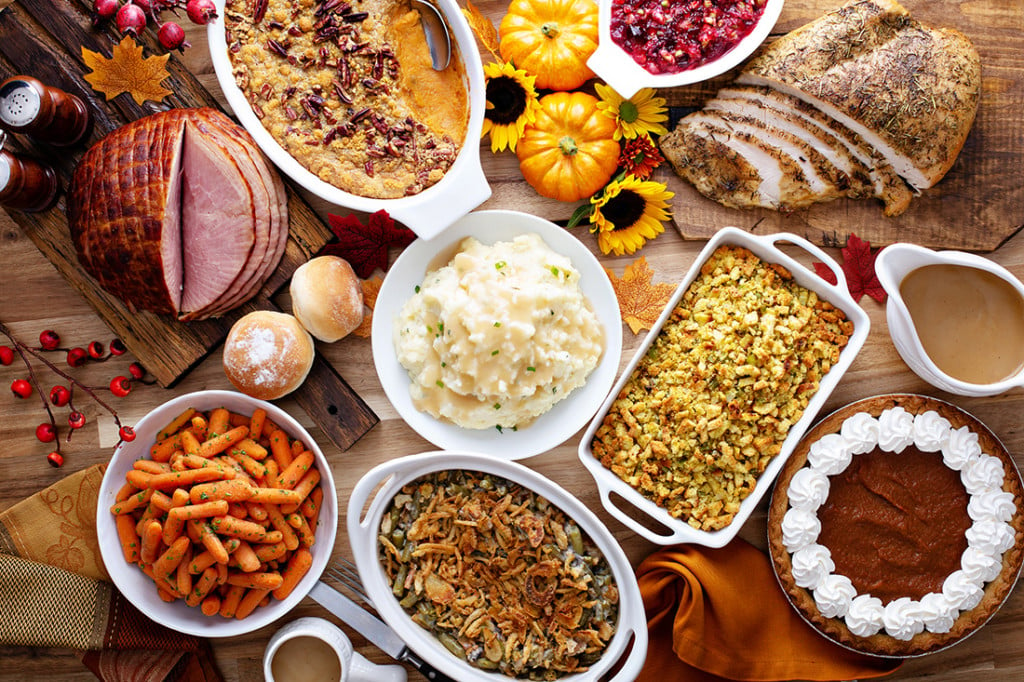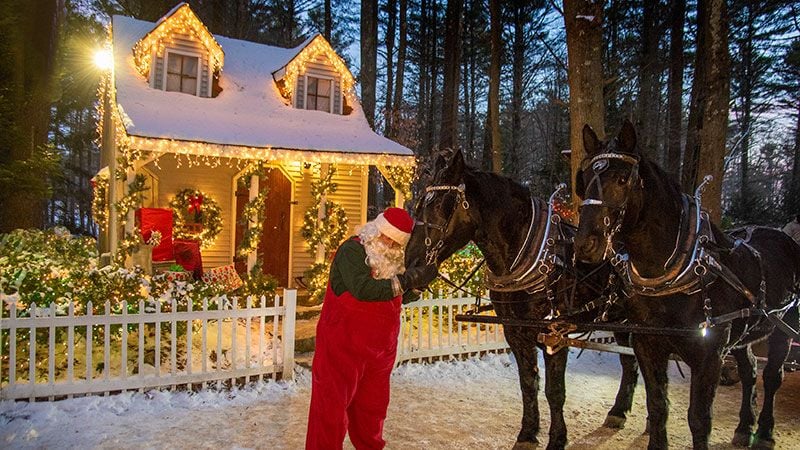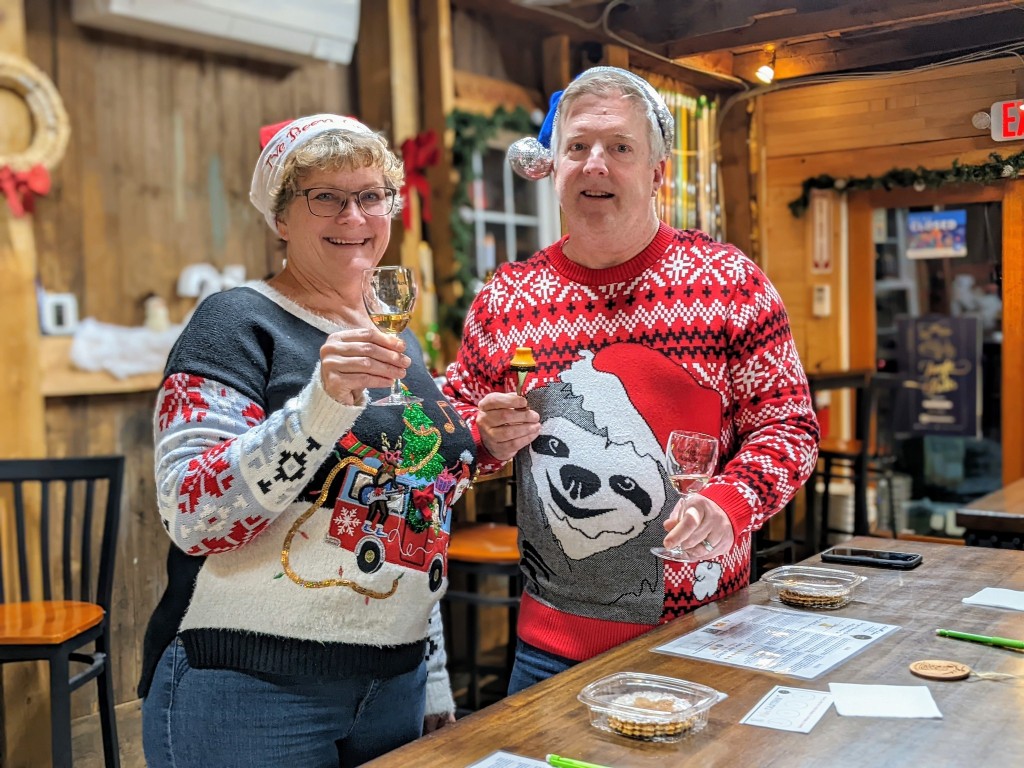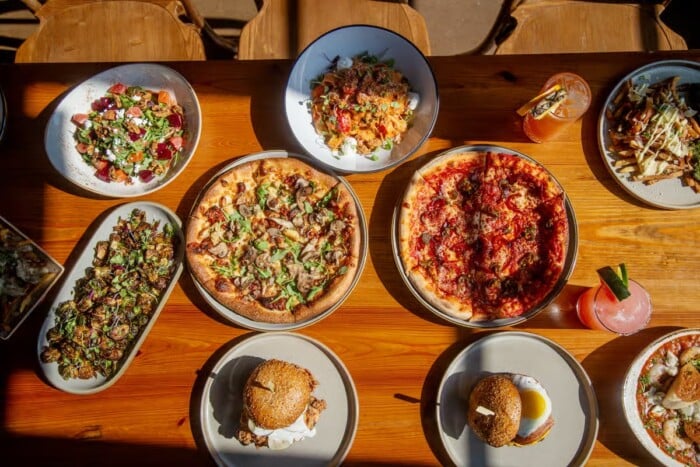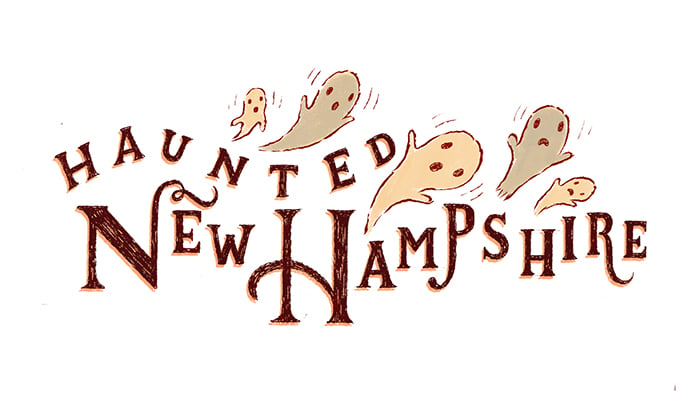‘Rough’ & ‘Tough’ Harvest- Reaping Sheaves of Grain the Old-Fashioned Way
Reaping the old-fashioned way with a pair of mighty beasts
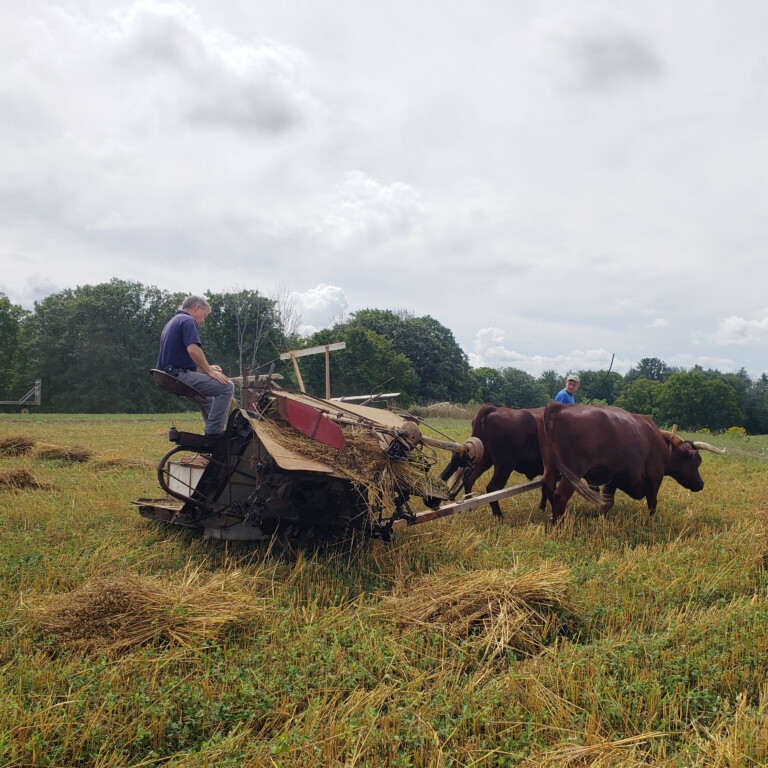
A few lines of an old church hymn are stuck in my head in a never-ending refrain.
“Bringing in the sheaves. Bringing in the sheaves. We will come rejoicing bringing in the sheaves.” Before today I had only a vague concept of what a “sheave” was and had never heard the word used in conversation.
A “sheave” is a bundle of grain stems bound together after reaping. Typically, a sheave is the bundle after harvest but before the grain and straw have been separated.
This harvesting, or reaping, was traditionally done by hand with a sickle or scythe up until about 1872, when a mechanical harvester machine called a “reaper-binder” was developed and became available for farmers.
Today I’m operating an antique reaper-binder at Sanborn Mills Farm in Loudon. I’m being pulled around the field by a handsome yoke of oxen named “Rough” and “Tough.”
Rough and Tough are a matched pair of 9-year-old Devons weighing about 1,600 pounds each. With their long pointy horns and muscled bodies, these powerful oxen look dangerous but are well-trained, accustomed to this type of work, and so far, anyway, behaving themselves.
A century or more ago, Sanborn Mills Farm was a bustling, thriving center of agricultural activity that supported an extended family and served the community. Six successive generations of Sanborns resided on this farm and passed it from generation to generation. John Sanborn, a surveyor by profession, was the first Sanborn who settled here in the 1700s. He served as a soldier in the Revolutionary War and was a Loudon selectman. John’s son, Edmund, commissioned a millwright and built the water-powered sawmill and gristmill on the farm that still exist today.
When Edmund’s son James inherited the farm, he built the main house in 1875 and converted the old New England barns to the Greek revival style. According to family lore, James’ wife, Mary, stipulated there must be a new modern Victorian house for her to reside in as a condition of her moving to “rural” Loudon from Providence, Rhode Island.
John B. Sanborn was next in line to operate the family farm. John was the last of the old- time farmers to use century-old farming and milling techniques as new technology and the industrial revolution were changing the country. A wind-up telephone was installed in the 1920s, and the house was electrified in 1951, but waterpower and draft animals remained as the principal energy sources working at the farm and in its mills.
John’s son Albin was the next Sanborn to inherit the farm, and he is remembered for his physical strength and stamina. It is said that he could stand for a half hour in conversation while holding a sack of grain under each arm. Another tale tells that he once was cornered by an angry bull and got the better of the bull by clobbering him with a loose fence post.
After Albin’s death in 1972, his wife, Bernice, and their son John shared the farm. But when John died in 1995, Bernice moved to an assisted living facility, and the farm was put up for sale. Colin and Paula Cabot bought the property in 1996 with the goal of making it a place to teach old farming methods, using the fields and forests for workshops and events.
Today, a group of instructors, farmers, craftspeople and historians teach traditional skills that were once commonplace on New Hampshire farms but are now fading away as times and technology change. A popular workshop instructs in logging and farming techniques using oxen, focusing on driver and animal safety. This workshop is what has brought me here today and positioned me with a prime view of the business ends of Rough and Tough.
Rough and Tough move forward at a plodding pace when told to step out by Tyler Allen, the teamster driving them. They’ve done this before; I haven’t. I’m perched somewhat precariously atop this bouncy 1920s-era reaper-binder, and I’m operating the levers as we circle the field of mature oats, reaping and binding.
The binder contraption is a functioning but ancient-looking machine of magic. Rotating parts work together to produce a bundle of the harvested grain. As the oxen pull the binder forward, a ground-driven wheel rotates; that in turn drives cogs, chains, gears, sickle bar knives, conveyor belts and flailing arms. Windmill-like rotating slats gather the crop, where back-and-forth cutting blades slice it from the ground, and a canvas conveyor belt accumulates the stems which are then tied into a sheaf and dropped onto the ground.
When the field is completely cut over, Rough and Tough take a break while we walk through the harvested field gathering the bundles together to be stacked. Six to eight bundles are stacked together in a “stook.” Each stook is stacked in a pyramid shape to shed water and promote drying. When the sheaves are dry, they’ll be picked up by a wagon likely drawn by mules and brought to the barn for threshing. Threshing will separate the grain from the stalk, and the seedless stalks will then be used as straw bedding for the farm’s sheep.
The grain will be bagged and saved until the water level in the pond is high enough and the flowage sufficient at the water-powered gristmill to grind the oats into meal or flour. Some of the oats will be saved for feeding the draft horses, oxen and mules that live on the farm. Some of the oats will be combined with other crops of wheat, rye and shell corn to be sold to a local distillery and used in the production of whiskey or bourbon.
Farm manager Ray Ramsey tells me we will reap about 600 pounds of oats today. This is a mere pittance when compared with large industrial farms of the Midwest growing grain by the ton. Pittance perhaps, but I’m thankful a historic farm, that provided me with the opportunity of riding an antique oat binder, drawn by a Rough and Tough oxen team, while bringing in the sheaves, remains. Now if I could just get that refrain out of my head …
